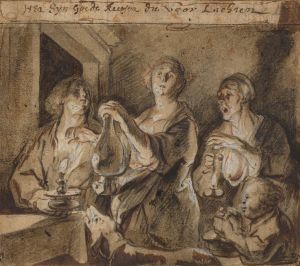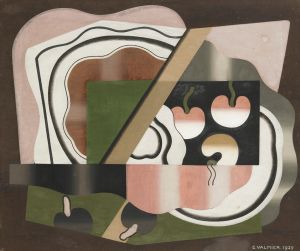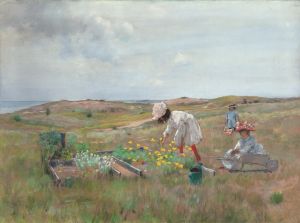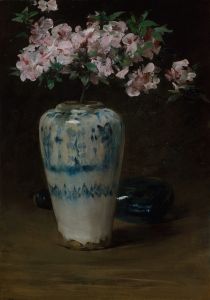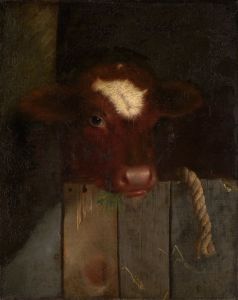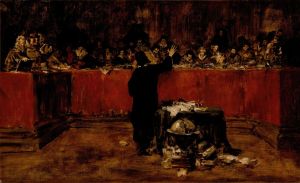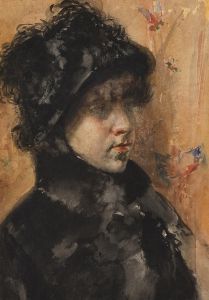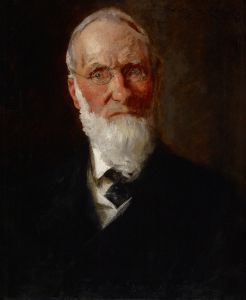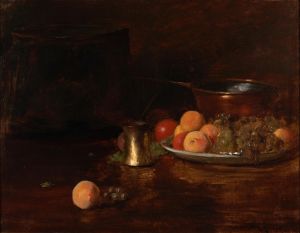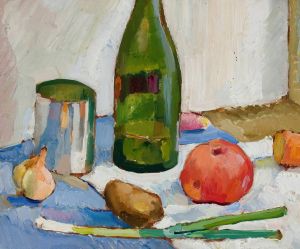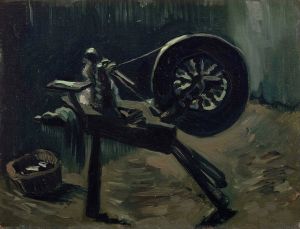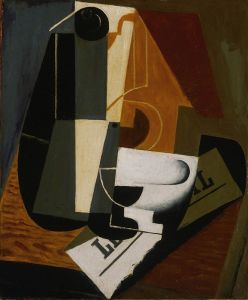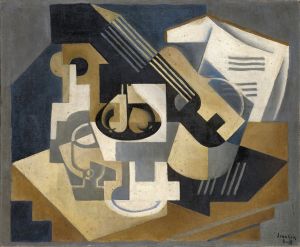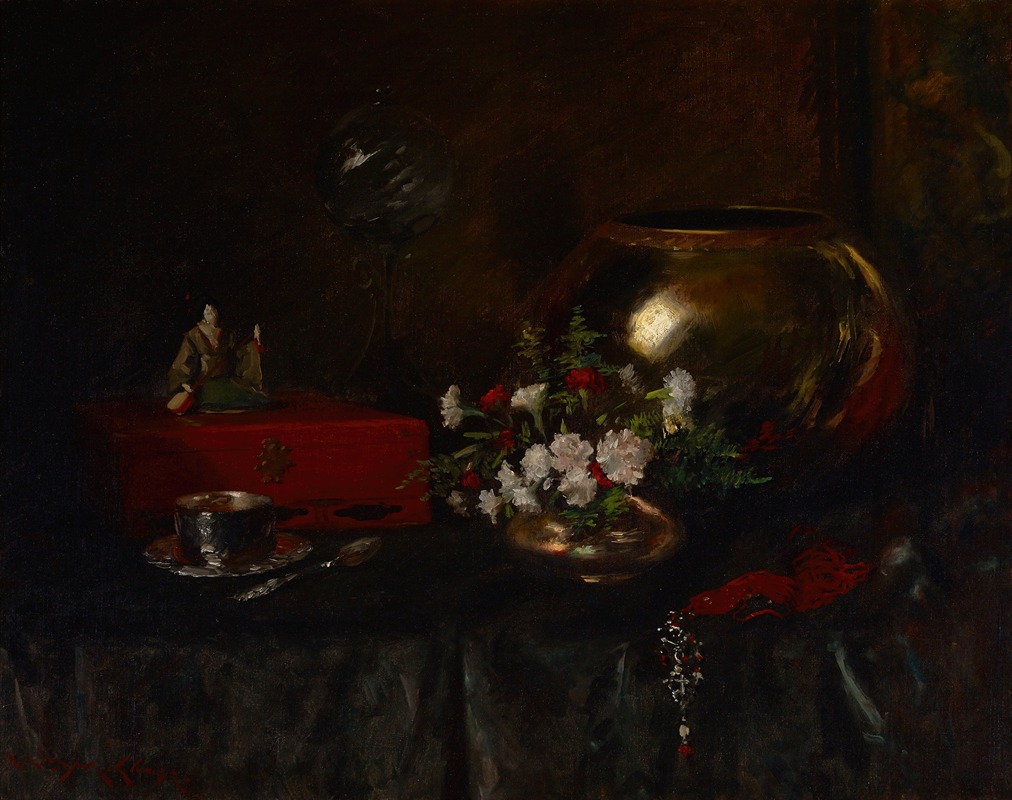
Still Life
A hand-painted replica of William Merritt Chase’s masterpiece Still Life, meticulously crafted by professional artists to capture the true essence of the original. Each piece is created with museum-quality canvas and rare mineral pigments, carefully painted by experienced artists with delicate brushstrokes and rich, layered colors to perfectly recreate the texture of the original artwork. Unlike machine-printed reproductions, this hand-painted version brings the painting to life, infused with the artist’s emotions and skill in every stroke. Whether for personal collection or home decoration, it instantly elevates the artistic atmosphere of any space.
William Merritt Chase was an influential American painter known for his contributions to American Impressionism and his role as a teacher. Among his diverse body of work, Chase produced a number of still life paintings, a genre that allowed him to explore the interplay of light, color, and form in a controlled setting. One of his notable works in this genre is "Still Life," which exemplifies his skill in rendering everyday objects with a sense of elegance and vitality.
Chase was born in 1849 in Williamsburg, Indiana, and studied at the National Academy of Design in New York City. He further honed his skills in Munich, Germany, where he was influenced by the dark tonalities and realistic detail characteristic of the Munich School. Upon returning to the United States, Chase became a prominent figure in the American art scene, known for his vibrant use of color and his ability to capture the subtleties of light.
"Still Life" by William Merritt Chase showcases his mastery in depicting inanimate objects with a lively and dynamic quality. In this painting, Chase employs a rich palette and a keen attention to detail, which are hallmarks of his still life compositions. The painting typically features a carefully arranged assortment of objects, such as fruits, flowers, or household items, placed on a table or a similar surface. Through his use of light and shadow, Chase creates a sense of depth and texture, bringing the objects to life on the canvas.
Chase's still lifes often reflect his interest in the aesthetics of everyday life, elevating mundane objects to subjects worthy of artistic exploration. His compositions are meticulously arranged, yet they convey a sense of spontaneity and naturalism. This balance between order and casualness is a testament to Chase's skill as a painter and his understanding of the still life genre.
In addition to his technical prowess, Chase's still lifes are notable for their exploration of color relationships. He often juxtaposed complementary colors to create visual interest and harmony within the composition. This approach not only highlights the individual beauty of each object but also enhances the overall unity of the painting.
Chase's influence extended beyond his own work; he was a dedicated teacher who mentored many young artists during his tenure at the Art Students League of New York and the Pennsylvania Academy of the Fine Arts. His teachings emphasized the importance of direct observation and the study of light and color, principles that are evident in his still life paintings.
"Still Life" by William Merritt Chase is a testament to his ability to transform ordinary objects into captivating works of art. Through his skillful use of color, light, and composition, Chase invites viewers to appreciate the beauty and complexity of the everyday world. His contributions to the still life genre and his impact as an educator have left a lasting legacy in the history of American art.





